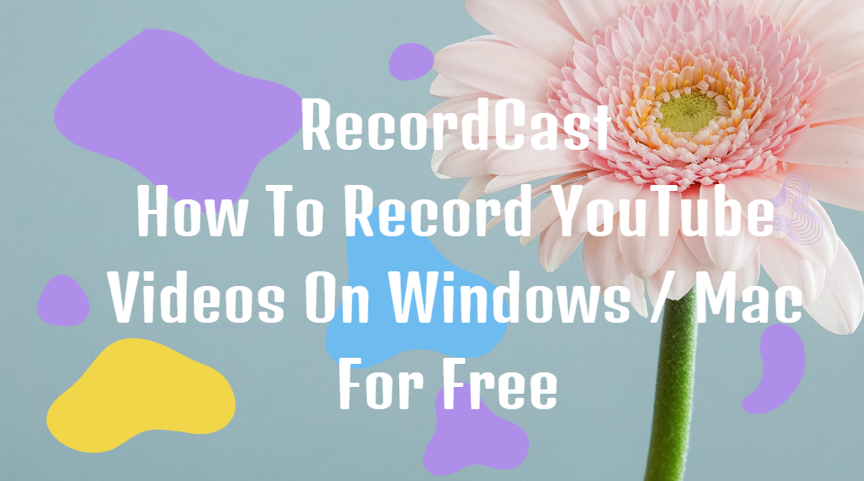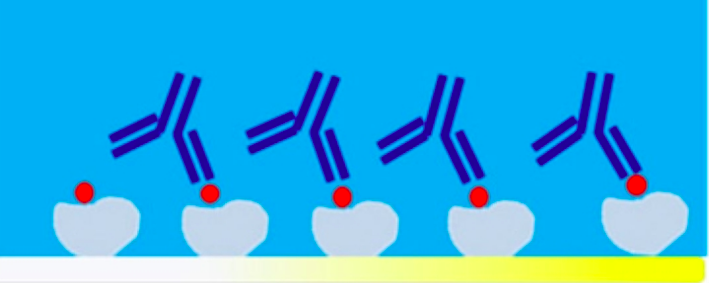Contents
Two strong platforms for developing apps and websites, respectively, are Flutter and WordPress. Even though they have diverse functions, developers and companies trying to make the most of their advantages are likely to discover it essential to comprehend how compatible they are.
This article explores the essential insights into the suitability of WordPress and Flutter and how they may work well together in different development scenarios. With this extensive guide, businesses can easily go for comprehensive Flutter application development services or WordPress services.
Understanding Flutter and WordPress
Google created Flutter, a top-rated open-source UI toolkit actively being used by software developers around the world. Through a single code base, developers can produce apps that work seamlessly on desktop, mobile, or web platforms. For cross-platform app development, Flutter is favored for having a high-performing engine, a generous choice of customizable widgets, and the ‘hot reload’ function. All these things make businesses lean toward Flutter app development services.
Alternatively, WordPress is a feature-packed content management system (CMS) that controls a great chunk of the internet. It has wide support due to its simplicity, numerous plugins, and ability to scale, which makes it great for all types of websites, ranging from the largest blogs to full-fledged e-commerce platforms.
Integration Possibilities
‘Is it feasible for WordPress and Flutter to function together effectively?’ is among the most frequently asked questions among developers. Depending on the requirements of the project, there are several possibilities to combine them even if they are not designed to work together out of the box:
Headless WordPress with Flutter Frontend:
This method uses Flutter as the frontend for building mobile apps and WordPress as a headless content management system. Data retrieval from WordPress may be dynamically shown in a Flutter application, thanks to APIs like the WordPress REST API.
WordPress Plugins for Flutter Integration:
Flutter components may be integrated into WordPress websites by developers using WordPress plugins. These plugins provide interactive components on the website by providing features like embedding Flutter widgets into WordPress pages or posts.
Custom APIs and Communication Protocols:
Developers may construct specific APIs and communication protocols between Flutter and WordPress for more intricate integrations or particular capabilities. The two systems can communicate and share data with ease, thanks to this strategy.
Benefits of Flutter-WordPress Integration
Unified Content Management:
Businesses are able to use Flutter to create a uniform user experience on mobile and web-based systems while managing their content centrally using WordPress integration.
Increased User Engagement:
Flutter’s interactive and aesthetically pleasing user interface elements can boost user engagement on WordPress-powered websites, which can result in increased user satisfaction and retention rates.
Effective Development Workflow:
By utilizing Flutter’s advantages for cross-platform app development, developers can also take advantage of their current WordPress knowledge and plugins, which will streamline the entire development workflow.
Scalability and Flexibility:
Flutter and WordPress together offer scalability and flexibility to meet expanding user needs and corporate specifications. Large amounts of information and user interactions can be handled by WordPress, thanks to its expansion, while Flutter’s flexibility lets developers add fresh capabilities, alter the UI/UX of the app, and adjust to changing market conditions without sacrificing speed.
Cross-Platform Uniformity:
Integration ensures that the user experience, branding, and design components are consistent across platforms. Businesses can supply a uniform brand presence and user experience to consumers of both mobile apps and WordPress websites by utilizing Flutter’s ability to keep a unified appearance across various platforms and resolutions. Through improved user trust, engagement, and brand awareness across several points of contact, this consistency creates a smooth and comprehensive user experience.
Challenges and Considerations
Although there are many advantages to integrating Flutter with WordPress, there are certain issues and things to keep in mind:
Performance Optimization:
Careful code, asset, and server configuration optimization is necessary to provide optimal performance across WordPress websites and Flutter apps, reducing loading times and enhancing user experience.
Security Procedures:
To secure sensitive data, verify API requests, and reduce possible vulnerabilities brought on by third-party plugins or custom integrations, integrating Flutter with WordPress requires strong security measures.
Maintenance and Patches:
To fix bugs, security fixes, and compatibility concerns and guarantee a seamless and safe user experience, regular maintenance and updates are essential for both Flutter and WordPress components.
Future Trends and Opportunities
The compatibility and integration skills between Flutter and WordPress should continue to advance as technology develops. Headless CMS architectures and Progressive Web Apps (PWAs) powered by Flutter are two emerging concepts that are expected to spur innovation in content management and cross-platform development.
Conclusion
In conclusion, even though WordPress and Flutter are two different systems, their interoperability creates chances for building fluid, feature-rich websites and apps. Developers and companies can successfully leverage the combined capabilities of a Flutter app development company and a WordPress firm by making educated decisions based on their awareness of the integration options, advantages, obstacles, and future trends.
Now, a startup or an established company can quickly go for Flutter app development services or WordPress development services for further expertise and additional help in their projects.


